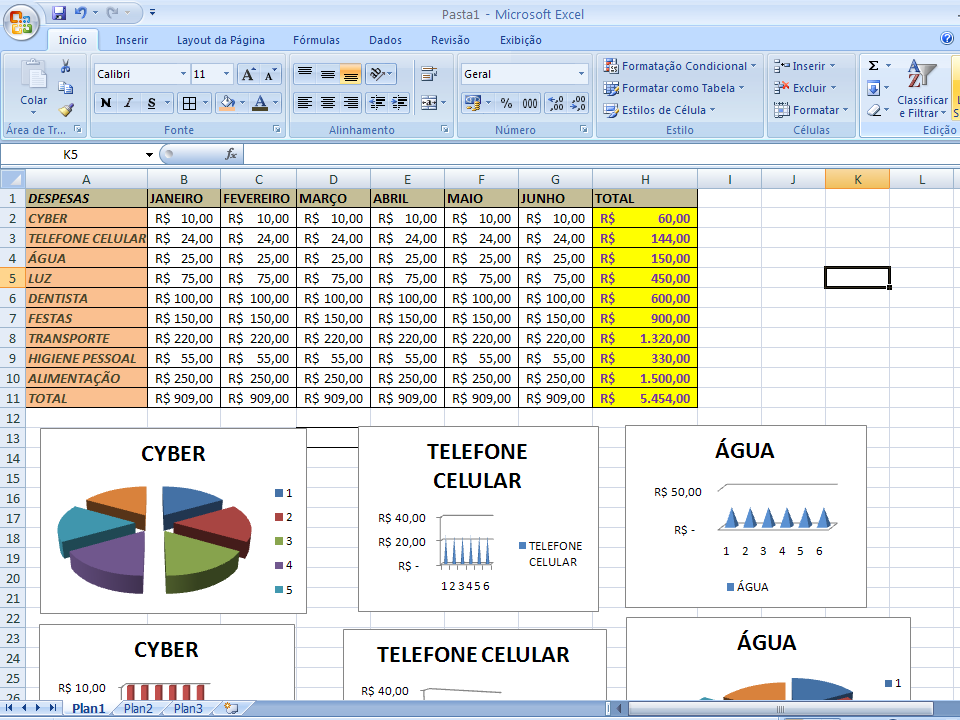Taming the Chaos: The Art of Crafting a Gradebook
In the tapestry of learning, where knowledge intertwines with assessment, the humble gradebook emerges as an unsung hero. It's a tool often taken for granted, yet it holds the power to illuminate a student's journey, revealing patterns of understanding and areas that beckon further exploration. More than just a repository of numbers, a well-crafted gradebook can be a compass, guiding both learner and educator toward the north star of academic success.
Imagine stepping into a bustling library, each book representing a student's potential. Without a cataloging system, the sheer volume would be overwhelming. Similarly, as the academic world brims with assignments, quizzes, and exams, a systematic approach to recording and interpreting student performance becomes essential. This is where the art of crafting a gradebook comes into play.
The concept of a gradebook is as old as formal education itself. From clay tablets etching student progress in ancient Mesopotamia to handwritten ledgers in medieval universities, educators have long recognized the need to document and analyze academic performance. The advent of the digital age brought about a revolution, transforming the traditional gradebook into a dynamic, interactive tool. Spreadsheets, dedicated software, and online platforms now offer an array of features to streamline the process, empowering educators with real-time insights and personalized feedback mechanisms.
Yet, the essence of a gradebook remains unchanged: it's about making sense of data to facilitate learning. This involves not just recording scores, but understanding their implications. Is a declining trend in a particular subject indicative of a gap in understanding? Does a student's exceptional performance in one area suggest a hidden talent? A well-structured gradebook can unearth these narratives, allowing educators to tailor their teaching strategies and provide individualized support.
The importance of a well-maintained gradebook extends beyond the classroom. It provides transparency for students and parents, fostering open communication about academic progress. A clearly structured gradebook empowers students to take ownership of their learning, identify their strengths and weaknesses, and set realistic goals. For parents, it offers a window into their child's academic world, enabling them to provide targeted support and celebrate milestones.
However, the path to crafting an effective gradebook is not without its challenges. From choosing the right format to ensuring accuracy and consistency, several factors can influence its efficacy. One common pitfall is creating overly complex systems that become cumbersome to manage. Another challenge is striking a balance between providing detailed feedback and overwhelming students with information. The key lies in finding a system that aligns with an educator's teaching style, the specific needs of their students, and the overall learning objectives.
Whether one chooses a simple spreadsheet or a sophisticated software, the true power of a gradebook lies in its ability to transform raw data into actionable insights. When thoughtfully crafted and diligently maintained, it evolves from a mere record-keeping tool into a dynamic instrument of learning and growth, illuminating the path toward academic excellence for both students and educators alike.
Mastering malay language reviews form 3
The curious case of como se escribe foamy in english
Understanding extended traffic stops a guide to case law












/i.s3.glbimg.com/v1/AUTH_08fbf48bc0524877943fe86e43087e7a/internal_photos/bs/2022/0/e/mHybI8QrKRmBB0TOSI4w/planilha-de-treinos-2-.jpg)

